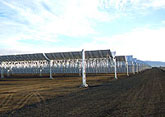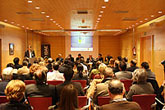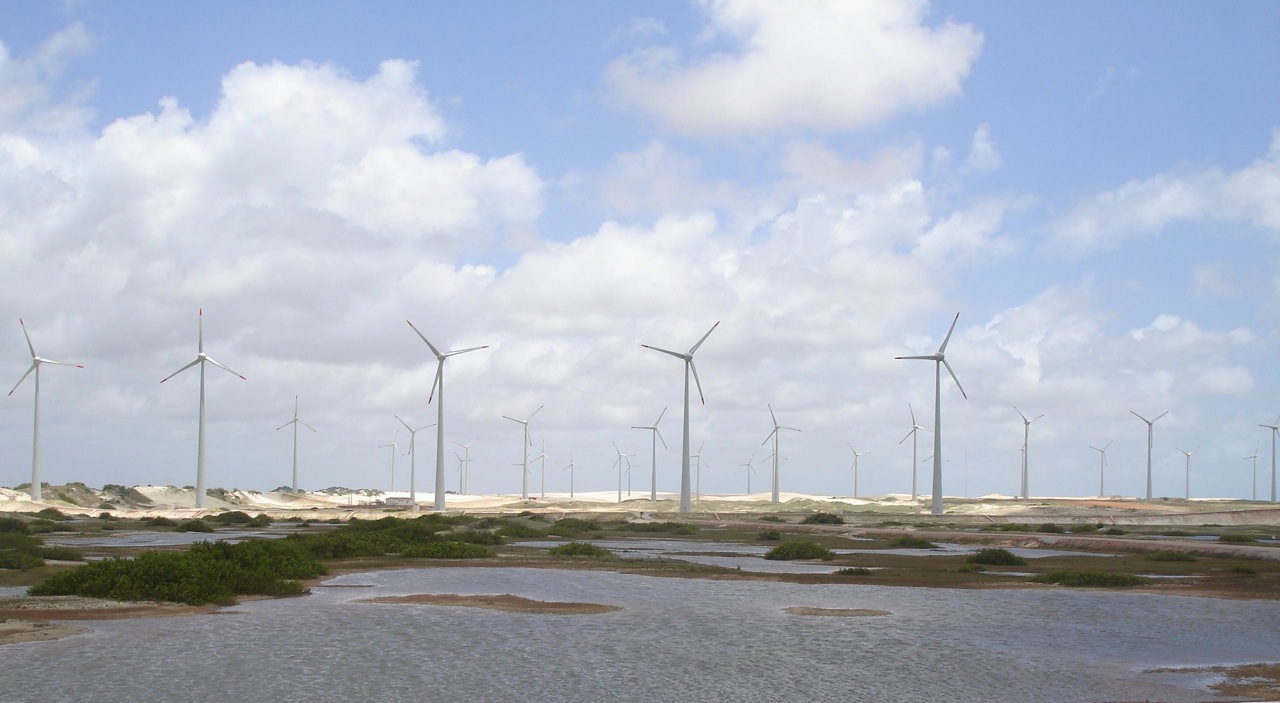Princeton University engineers have developed self-sufficient smart windows that, equipped with controllable glazing, can increase lighting, cooling and heating performance by varying their dye. This results in savings of up to 40 percent of a building’s average energy costs.
Up till now the smart windows developed required power to operate, so they were fairly complicated to install in existing buildings. However, a group of researchers from Princeton University, led by Professor Yueh-Lin Loo, whose work has recently been published in the journal Nature Energy, have developed a different kind of smart window by applying a new solar cells technology.
It is an energetically self-sufficient version that promises to be low-cost and easy to apply to existing windows. The system consists of solar cells that selectively absorb near-UV radiation allowing them to self-feed entirely, reports Sharon Adarlo of the Andlinger Center for Energy and the Environment on Princeton website.
«Sunlight is a mixture of electromagnetic radiation formed by near–UV rays, visible light and infrared energy or heat,» said Yueh-Lin (Lynn) Loo, director of the Andlinger Center for Energy and the Environment. «We wanted the smart window to dynamically control the amount of natural light and heat that can enter, reducing the cost of energy and making the space more comfortable,» he added.
In addition, he has assured that this technology can also feed the IoT sensors and other low power consumer products. «It does not generate enough energy for a car, but it can provide auxiliary power for smaller devices, for example, a fan to cool the car while it’s parked in the sun,» Loo said.
Self-sufficient Smart Windows
According to the information published on the Princeton website, until now the typical solar cells made of silicon were black because they absorbed all visible light and a little infrared heat but with the new technology developed by Princeton´s team by using only near ultraviolet light, the cells can be transparent, allowing them to occupy the entire surface of the window without changing its aesthetics, Professor Loo explained.
To build the solar cell, they used organic semiconductor molecules: they are deposited in thin films on glass – with the same production methods used by manufacturers of organic light-emitting diodes – and when the solar cell is operational, sunlight excites the semiconductors to produce electricity, the researchers have explained in the journal Nature Energy.
At the same time, they built a smart window of electrochromic polymers, which control the dye and can only work with the energy produced by the solar cell: when the near ultraviolet solar light generates an electric charge in the solar cell, it triggers a reaction in the window that changes from light blue to dark blue. When it gets dark, the window can block more than 80 percent of the light, Sharon Adarlo writes.
A flexible wireless version
Nicholas Davy, a PhD student in the department of chemical and biological engineering and lead author of the paper said that the goal of his team is to create a flexible version of the solar-powered smart windows system that can be applied by lamination in existing windows.
«Someone in their house or apartment could install these wireless sheets – which could be adhesive from behind – and install them in their windows,» said Davy. «So the sunlight that enters into the home could be controlled though an application on your mobile phone, immediately improving energy efficiency, comfort and privacy,» he added.
Carlos Sánchez Criado
Publicista por la Universidad Complutense. Director comercial de publicaciones técnicas del sector de la energía durante doce años. Director de Energy News Events, S.L. desde 2012 difundiendo información en Energynews.es, movilidadelectrica.com e hidrogeno-verde.es. Y por supuesto, organizando eventos como VEM, la Feria del Vehículo Eléctrico de Madrid.


























